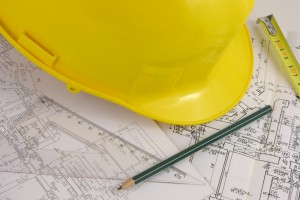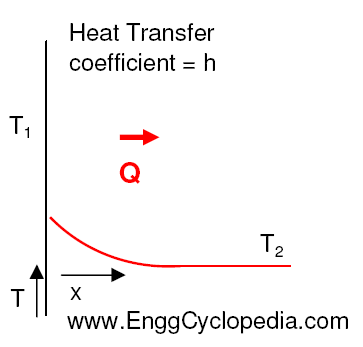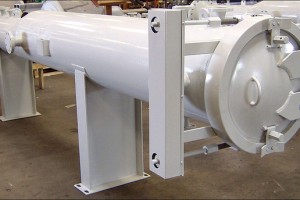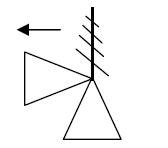Following are the commonly used manual valve types. Explore their structure, features, application, materials etc. in following table.
Gate Valves
| When to be used? | Gate valves are used when a straight flow of fluid and minimum restriction is desired |
| Functionality | Stops or allows flow through the valve by either closing or opening the gate. Most gate valves consist of a body and bonnet that contains the disc or a gate. The closure element is attached to a stem that maintains an interface with a hand wheel. Pressure around the stem is contained through the use of packing material compressed into a chamber. |
| Features | - Minimal pressure drop or flow restriction through the valve - Not suitable for throttling purposes as slapping of fluid against a partially open gate can cause extensive damage. |
| Common materials used | |
| Types | Rising stem (i.e gate and stem as shown figure follow the same motion upwards) Non-rising stem (i.e gate and stem are independent of each other in motion) Discs used (instead of gates) could be either parallel or tapered |
| Advantages and Disadvantages | Advantage: - Ability to cut through slurries - Large sizes available Disadvantage: |
Ball valves
| When to be used? | |
| Functionality | To signify an open valve, handle is in-line with the pipeline and perpendicular to pipeline for a closed valve. The ball valve consists of a hole that, when in-line with the direction of the pipeline, would allow the liquid to flow through. |
| Features | - Complies with ASME face to face dimensions and pressure ratings, hence enabling ease in retrofitting. - Flange rating compliant with ASME - Provides fire safe protection. - Handle severe chemicals. |
| Common materials used | Brass, bronze, cast iron, copper ductile iron, metal alloys, stainless and other steel types, and plastics |
| Types | Various configurations: - 3-piece - End entry and top entry They range from commodity type to high performance valves. |
| Advantages and Disadvantages | Advantage: - Withstand extreme pressure/temperature and high volume flow. - High flow capacity - Withstand several chemicals - High coefficient of flow - High recovery valves (low pressure drop) - Less system wear due to lower velocity Disadvantage: |
Globe Valves
| When to be used? | Excellent to be used as a control valve due to its complex flow path. This valve is known for precise throttling and control. |
| Functionality | Easily automated is operated using a liner rising-stem with multi turn hand wheel. Globe valves are linear motion valves with rounded bodies |
| Features | -Structure is simpler than gate valves, manufacture and repair is more convenient. |
| Common materials used | For Body, metallic alloys (carbon steel alloys) and for packer material, PTFE and graphite. |
| Types | These are selected as per flow requirements, straight flow, angle flow (L shaped flow that enters from bottom and completes an L shape before exiting) and cross flow (T shaped flow, where fluid entering the T shaped valve joins with existing flow line running perpendicular). |
| Advantages and Disadvantages | Advantage: - Can withstand high temperature and pressure - Precise throttling and control - The sealing system is does not experience the usual wear and tear, leading to a longer service life. Disadvantage: |
Butterfly Valves
| When to be used? | Can be used for liquids/gases that can easily be displaced when the valve disc closes. |
| Functionality | Butterfly valves control the flow of gas or liquid by means of a disk, which turns on a diametrical axis inside a pipe or by two semicircular plates hinged on a common spindle, which permits flow in only one direction. |
| Features | - Complies with ASME face to face dimensions and pressure ratings, hence enabling ease in retrofitting. -Provides a bubble tight, bi-directional shut off. |
| Common materials used | Available in plastic and rubber linings and solid metal bodies and discs. For body, materials used are Cast iron, ductile iron, aluminum, carbon steel, stainless steel |
| Types | Inflatable seated butterfly valve, double offset butterfly valve and triple offset butterfly valve. |
| Advantages and Disadvantages | Advantage: - Relatively high coefficient of flow - Economical choice for large line sizes (i.e 8” and above) - Availability in chemically resistant materials - High recovery valve (low pressure drop, as only a disc stands in the way of the flow) - Less wear compared to globe valves Disadvantage: |




